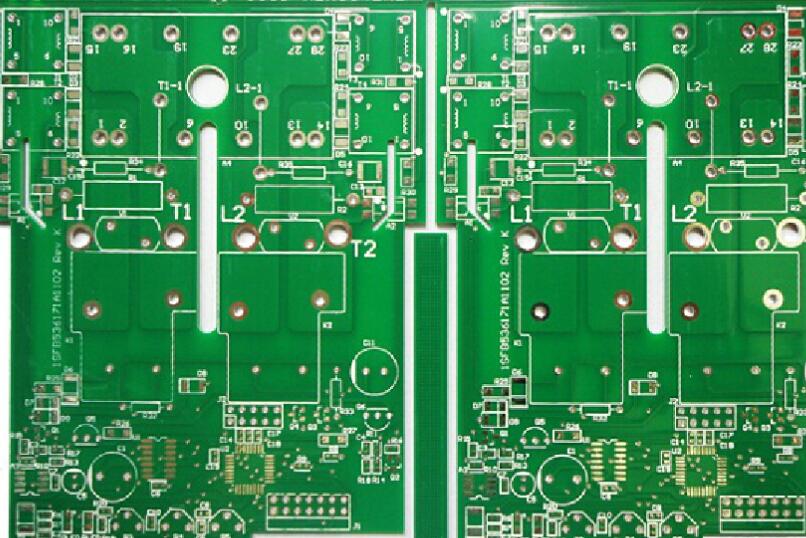PCB is older than you think: the concept of PCB has been around for 80 years! The first PCB was designed by the inventor of Paul Eisler in 1936. He uses the board in the radio. These circuit boards became ubiquitous only in the 1950s, when mass production of electronic products such as radio and television changed the world.
They are part of our lives, everywhere, everyday: we always know that PCBs exist in computers. But they exist on almost all the devices we use today. For most people, PCBs are accessible most of the day - on mobile phones and in cars.
Basic design: Almost all PCBs can be specified within the parameters of 14 Standard services. The use of standard specifications reduces manufacturing costs.
They are fully customizable: the printed circuit board can meet anyone's specific requirements (although this is an expensive option).
There are many different components: batteries, LEDs, diodes, inductors, resistors, transistors, transformers, relays, capacitors, potentiometers, fuses and switches.
They are green! Because of the welding mask resin, the original PCB is green. Although the technology has changed, the colors have not. It has been suggested that green is a good color because it allows electrical engineers to easily see faults in the traces.

They don't use wires: they take up too much space. In their place, PCBs use copper "traces". This makes the PCB much smaller.
Change is constant: Since Paul Eisler first designed the circuit board, it has changed dramatically. Over the years, the scale of the technology has been gradually reduced, corresponding to the increase in speed. Surface mounting technology (SMT) reduces the size of the through hole installation by an order of magnitude.
Graphene technology can change considerably: graphene is a two-dimensional array of atomic carbon atoms. The use of graphene may greatly reduce size and improve the performance of future PCBs.
They can be built in layers: the original PCB has all the circuits on one side. Since SMT does not affect both sides of the circuit board, you can use both sides to load components. In addition to double-sided PCBs, you can stack them on the same side to increase capacity.
The other layer is screen printing: these are white etched plates with no screen printing (readable text) on top of the solder resistance layer. Screen prints letters and numbers for easier assembly. Historically, text was printed in screen printing. Today printing is more likely to be done by an inkjet printer.
They are made twice: the first time you make a PCB, it was developed in a computer-aided design (CAD) program. The software tests the layout to ensure that all connections work and perform as expected. Once the engineer has determined that the PCB is functioning properly, a physical PCB board will be made.